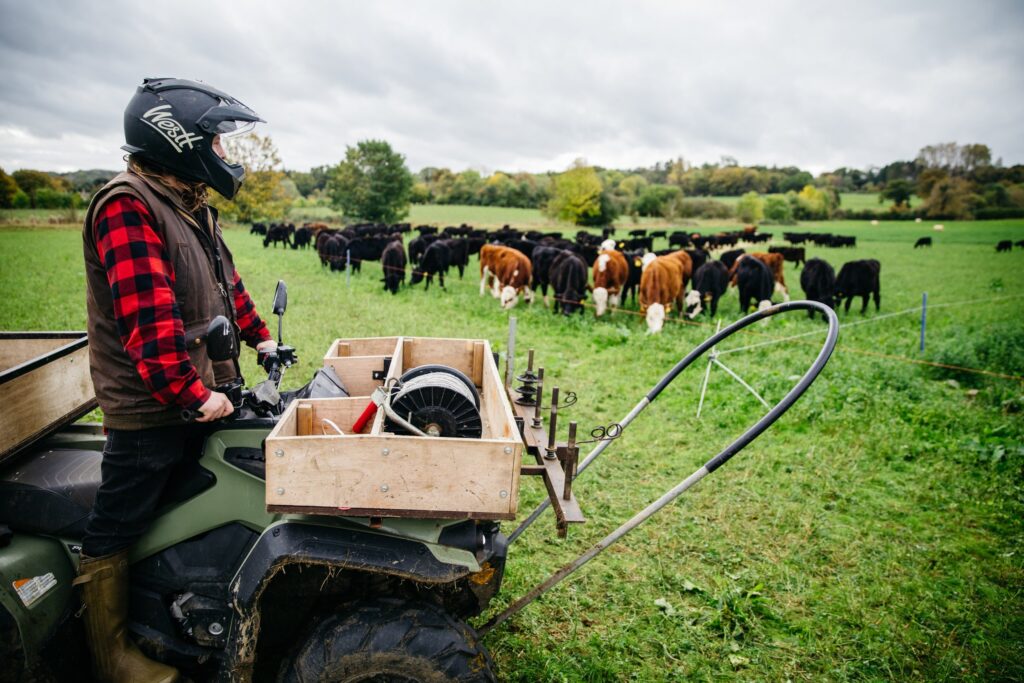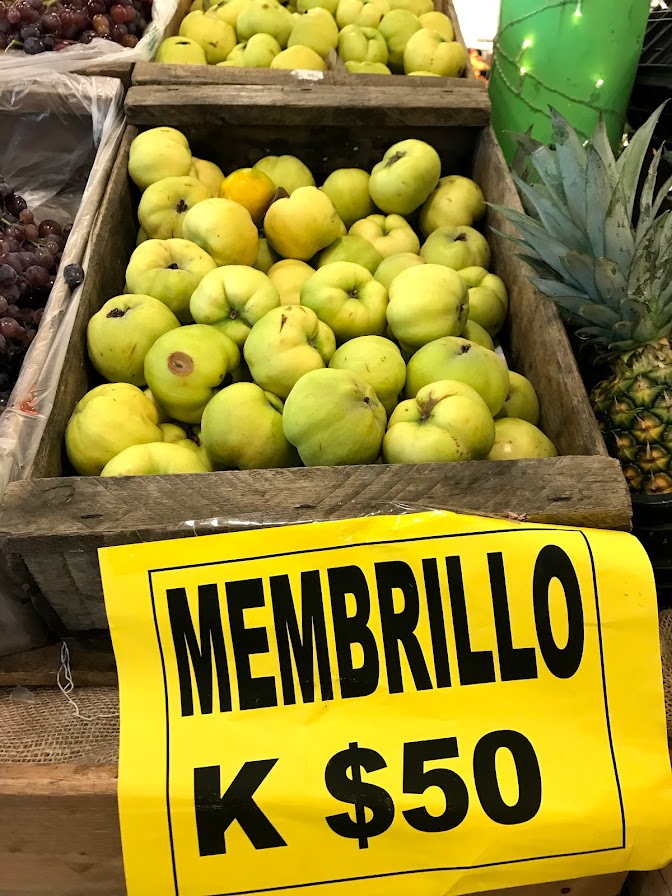Transforming MEAT: Climate, Culture, Animals
19-20 September 2022
Tøyen Manor House Oslo
– Register here by Sept. 14th. 2022 –

Workshop Programme
What is the future of meat? Can we find inspiration in the past? Is the future of meat to be found in meat-replacement products? Or is small-scale regenerative farming a better way forward? How do animals and people matter in making and transforming meat?
Meat reduction is flagged as a key measure that all individuals can take to lower the impact of our diets on the planet and on biodiversity and to help mitigate a looming climate catastrophe. But how practicable are changes in food culture and in meat culture specifically? How can we do it and why?
With an invited discussion with business and farming actors including Live Skinnes, Sven-Arne Lie, Kenneth Skauge (MENY), Olav Kjørven(EAT) as well as MEATigation’s own researchers and artists’ team.
Meet our Keynote Speakers
Jamie Lorimer
Jamie Lorimer is Professor of Environmental Geography at the University of Oxford. His research explores public understandings of nature and how these come to shape environmental governance. Past projects have explored the histories, politics and cultures of wildlife conservation ranging across scales from elephants to the microbiome. Jamie is the author of Wildlife in the Anthropocene: Conservation after Nature (Minnesota, 2015) and The Probiotic Planet: Using Life to Manage Life (Minnesota, 2020). His current research explores transitions in agriculture in the context of growing concerns about the relationships between farming, biodiversity loss and global heating.
Paula Varela
Professor Paula Varela is a Food Engineering graduate from Universidad de la República (Uruguay) and holds a PhD from the Universidad Politécnica de Valencia (Spain). She is Senior Researcher in Sensory and Consumer Sciences at Nofima and Professor at the Norwegian University of Life Sciences. She has authored more than 150 papers and four books on methodological aspects of consumer research. Paula has been ranked among the top 2% most cited researchers in the Food Science area, by Stanford University. Her current areas of interest include methodological aspects of research with consumers in the light of societal issues related to food behaviour, and how to support consumers’ transition to healthier and more sustainable diets.
Rob Burton
Dr Rob Burton is an agricultural/rural geographer with 25 years of experience studying farming and food systems in the UK, New Zealand and Norway. He is currently employed as a principal researcher at Ruralis – Institute for Rural and Regional Research located in Trondheim, Norway. His interests include a range of topics including farmers’ response to climate change, cultural drivers of agri-environmental behaviour, bioeconomic transitions, and, currently, the future impact of cellular agriculture on farming and rural areas. He currently leads the three year project – The biosynthetic protein transition: assessing impacts, outcomes and opportunities for Norway’s post-animal bioeconomy (Protein2.0).
Sushmita Chatterjee
Sushmita Chatterjee is Chair and Professor of Ethnic and Gender Studies at Colorado State University, Fort Collins. Her research publications and teaching interests include work on postcolonial theory, feminist and queer theory, transnational feminisms, and animal studies.
Banu Subramaniam
Banu Subramaniam is Professor of Women, Gender, Sexuality Studies at the University of Massachusetts, Amherst. Trained as a plant evolutionary biologist, Banu engages the feminist studies of science in the practices of experimental biology. Author ofHoly Science: The Biopolitics of Hindu Nationalism, andGhost Stories for Darwin: The Science of Variation and the Politics of Diversity. Banu’s current work focuses on decolonizing botany and the relationship of science and religious nationalism in India.
Clemens Driessen
Clemens Driessen is a more-than-human geographer (formerly philosopher) at Wageningen University, in the Netherlands. He is interested in the ways in which animals, plants, humans and other organisms shape each other in our contemporary technological cultures. Often in collaboration with designers, conservationists, farmers, scientists and the occasional willing nonhuman, he studies new ways of designing multispecies worlds. After earlier work on milking robots, playing video games with pigs, cultured meat, rewilding and the environment of Rene Descartes, he currently works on greenhouse horticulture, agroecological robots, and beavers.
We asked our keynote speakers for a favourite (or horrible) food memory they wouldn’t mind sharing!
Jamie Lorimer
I am a Type 1 diabetic and sometime need to eat sweets to help regulate my blood sugar levels. After years of experimentation I have settled on the Jelly Baby as the ideal sweet. They taste good, act fast, and last a long time. For the manufacturers this highly processed combination of sugar, flavourings and gelatine offers a profitable way of adding value to a bulk commodity and repurposing the waste products of the meat industry. For me, they are ever associated with the feeling of faintness that presages a diabetic event.
Paula Varela
A food that occupies a special place in my heart is quince (“membrillo” in Spanish, picture below). Quince is a very common fruit in South America and part of my food culture and food memories. Quince jam is a constant in Uruguayan breakfast and desserts, typically consumed together with cheese. The smell of cooked quince brings me back to my childhood, cooking side by side with my mum.
Rob Burton
After a month in the high Pyrenees we were down to the very last of our food – broken pasta bits, peanuts and a sachet of instant soup. We placed the peanuts in a plastic bag and crushed them to a paste with a rock, boiled the pasta in the soup, and added them together at the end. In the situation of being super hungry (after walking 25kms to get near the exit point) and watching an amazing sunset in the mountains, it tasted incredibly good. We named it “peanut stodge” and never cooked it again.
Sushmita Chatterjee
I am a total foodie and enjoy eating almost everything. For me, food is magic with a unique aptitude to change everything (ourselves and our relations), as well as keep everything the same (food memories, for instance). My favorite food is South Indian idli …..freshly steamed rice cakes with coconut chutney. Another world indeed!
Banu Subramaniam
My favorite food would be spicy Thai red curry. Thai food has become my favorite and also comfort food, even surpassing childhood dishes from India.
Clemens Driessen
My strangest culinary experience is one that never happened. Last year, with movements limited due to covid restrictions, I started exploring the horticultural complexes near my hometown of Rotterdam, an area called ‘Westland’. I visited a number of growers who passionately told me about their vegetable operations. I wandered through hectares of glasshouses with perfect, bright red tomatoes, due to be harvested by an elusive robot, and rows of what seemed like identical cucumbers, which actually were sorted by a large automatic machine in three different quality categories. I learned about the technical details of optimizing indoor climates and energy efficiency while closely managing plant growth. But notwithstanding the pride in their production, these growers didn’t think of offering an actual vegetable to bite into. And somehow it didn’t feel appropriate to ask.

